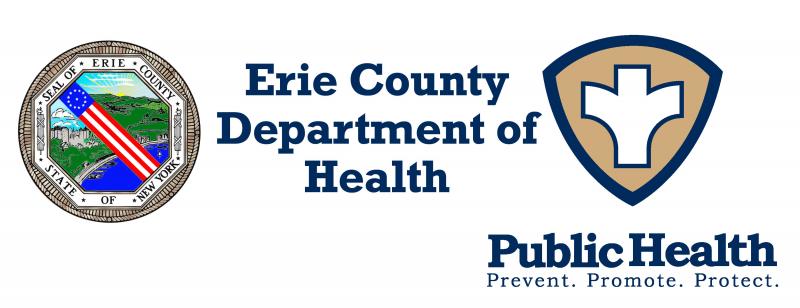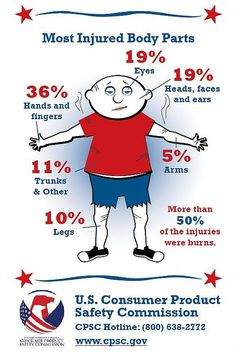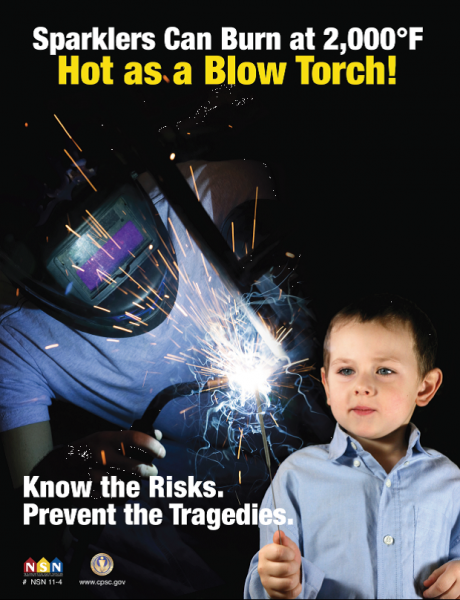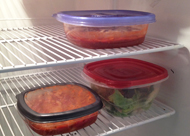Modified: July 31, 2017 10:36am
Latest News

PRESS RELEASE
From the Office of the Commissioner of Health, Dr. Gale R. Burstein
Date June 29, 2017
CONTACT: Mary C. St. Mary/Mary.StMary@Erie.Gov
Phone: 716.858.4941/ Mobile: 716.253.3925
Tips for a Safe & Healthy 4th of July
Leave Fireworks to the Professionals!
ERIE COUNTY, NY— Fireworks and extremely dangerous if used incorrectly. The use of personal fireworks is illegal in New York State. Although some counties have legalized small fireworks and sparklers, they remain illegal in Erie County. Yet despite the public warnings and the personal risk, the private use of fireworks is responsible every year for eye and ear damage, burns, puncture wounds, and permanent scarring.

“Fireworks should be left up to the professionals,” stated Dr. Gale Burstein, Erie County Department of Health (“ECDOH”) Commissioner. “Put safety first during Fourth of July celebrations. A holiday celebration should not turn into a trip to the emergency department. Enjoy the numerous public fireworks displays throughout Erie County that are conducted by professionals and overseen by safety experts.”
According to the U.S. Consumer Product Safety Commission (CPSC), there were an estimated 11,100 fireworks-related injuries in 2016. Nearly 70% were burns that required emergency department treatment and nearly 40% of those injuries occurred among children and adolescents 20 years old or younger. Even sparklers can be lethal because they can burn at 2,000°F, hot enough to melt gold.

Fireworks-related injuries can be caused in an instant:
- A fast-fuse firecracker explodes before it can be thrown
- A misguided rocket strikes a bystander
- A curious youngster investigates why firecracker "failed" to explode.
The 4th of July is also when the highest number of pets goes missing. Animals have extremely sensitive ears and can be stressed or frightened due to the igniting of fireworks. Keep your pets indoors to reduce the risk that they will run loose and become lost or get injured.
Having a picnic? Outdoor food safety is always a concern during warm summer weather. An estimated 1 in 6 Americans develop a foodborne illness each year. One of the basics of food safety is cooking food to its proper temperature to kill harmful bacteria and viruses that cause foodborne illness. “You cannot tell when food is “done” simply by checking its color and texture,” said Burstein. “There is no way to be sure food is cooked properly without ensuring food reaches its safe minimum cooking temperature by using a food thermometer.”
Follow this chart for Safe Minimum Cooking Temperatures and use a food thermometer to ensure that cooked foods reach a safe minimum internal temperature. Remember, you can’t tell whether meat is safely cooked by looking at it. Any cooked, uncured red meats – including pork – can be pink, even when the meat has reached a safe internal temperature. After you remove meat from a grill, oven, or other heat source, allow it to rest for the specified amount of time. During the rest time, the meat’s temperature remains constant or continues to rise, which destroys harmful germs.
|
Category |
Food |
Temperature (°F) |
Rest Time |
|
Ground Meat & Meat Mixtures |
Beef, Pork, Veal, Lamb |
160 |
None |
|
Turkey, Chicken |
165 |
None |
|
|
Fresh Beef, Veal, Lamb |
Steaks, roasts, chops |
145 |
3 minutes |
|
Poultry |
Chicken & Turkey, whole |
165 |
None |
|
Poultry breasts, roasts |
165 |
None |
|
|
Poultry thighs, legs, wings |
165 |
None |
|
|
Duck & Goose |
165 |
None |
|
|
Stuffing (cooked alone or in bird) |
165 |
None |
|
|
Pork and Ham |
Fresh pork |
145 |
3 minutes |
|
Fresh ham (raw) |
145 |
3 minutes |
|
|
Precooked ham (to reheat) |
140 |
None |
|
|
Eggs & Egg Dishes |
Eggs |
Cook until yolk and white are firm |
None |
|
Egg dishes |
160 |
None |
|
|
Leftovers & Casseroles |
Leftovers |
165 |
None |
|
Casseroles |
165 |
None |
|
|
Seafood |
Fin Fish |
145 or cook until flesh is opaque and separates easily with a fork. |
None |
|
Shrimp, lobster, and crabs |
Cook until flesh is pearly and opaque. |
None |
|
|
Clams, oysters, and mussels |
Cook until shells open during cooking. |
None |
|
|
Scallops |
Cook until flesh is milky white or opaque and firm. |
None |

Do not leave food out all day during your holiday get-togethers! Illness-causing bacteria and viruses can grow in many foods within two hours unless you refrigerate them. During the summer heat, cut that time down to one hour. Refrigerate foods that tend to spoil more quickly (salads with mayonnaise, fruits, vegetables, dairy products, eggs and meats) within two hours. Leftover food that is still warm will chill faster if it is divided into several clean, shallow containers.
# # #
For More Information:
United States Consumer Product Safety Commission—Fireworks Information Center
Food & Drug Administration (FDA) Recommended Cooking Temperature Guide
Safe Minimum Temperature Chart (pdf)
USDA Safe Food Handling Fact Sheets

